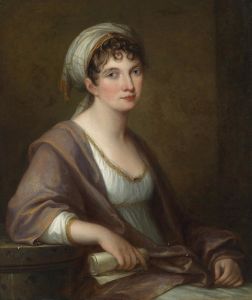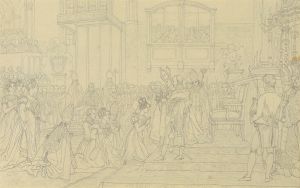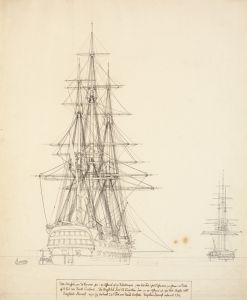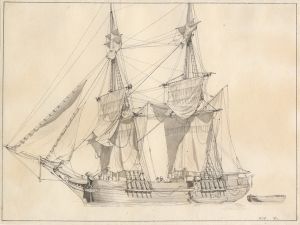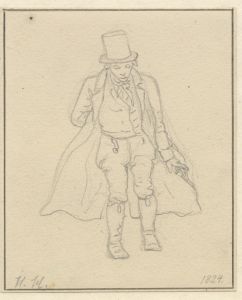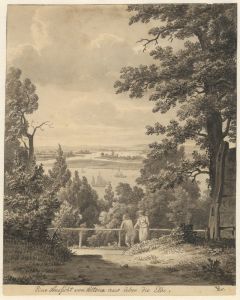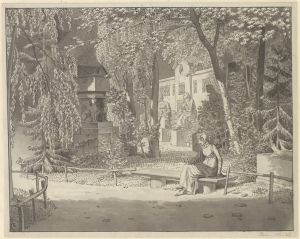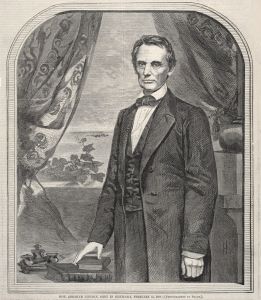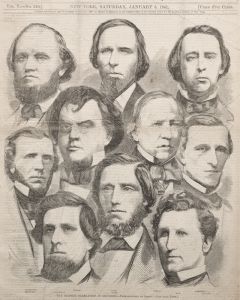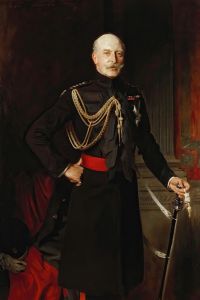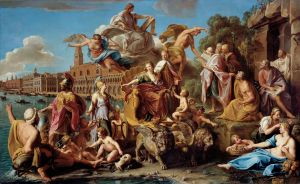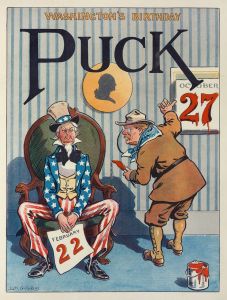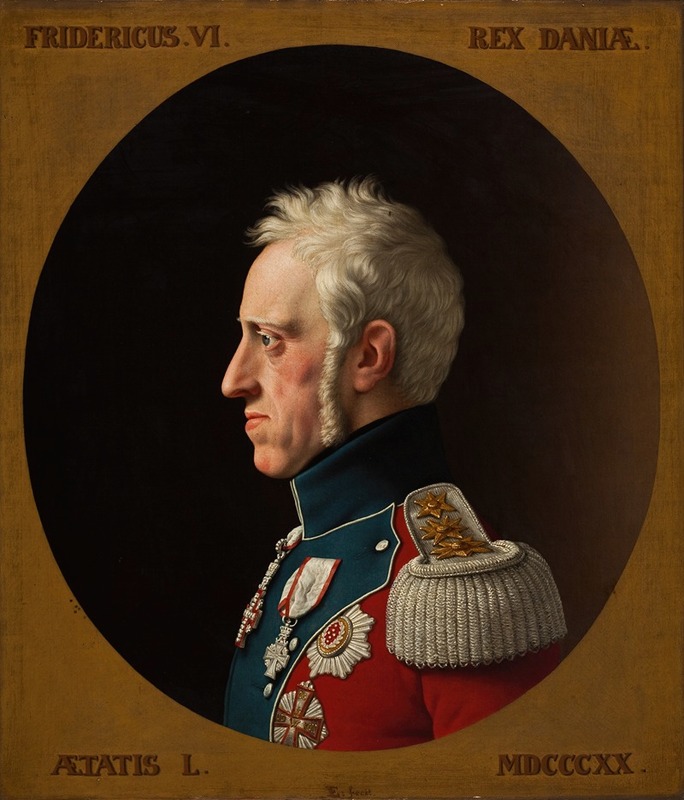
Portrait Of Frederik 6
A hand-painted replica of Christoffer Wilhelm Eckersberg’s masterpiece Portrait Of Frederik 6, meticulously crafted by professional artists to capture the true essence of the original. Each piece is created with museum-quality canvas and rare mineral pigments, carefully painted by experienced artists with delicate brushstrokes and rich, layered colors to perfectly recreate the texture of the original artwork. Unlike machine-printed reproductions, this hand-painted version brings the painting to life, infused with the artist’s emotions and skill in every stroke. Whether for personal collection or home decoration, it instantly elevates the artistic atmosphere of any space.
Christoffer Wilhelm Eckersberg, often referred to as the father of Danish painting, was a prominent figure in the Danish Golden Age of art. One of his notable works is the "Portrait of Frederik VI," which exemplifies his skill in portraiture and his ability to capture the essence of his subjects with precision and clarity.
Frederik VI was the King of Denmark from 1808 to 1839 and also served as the King of Norway until 1814. His reign was marked by significant political and social changes, including the Napoleonic Wars and the subsequent loss of Norway. As a monarch, Frederik VI was known for his efforts to modernize Denmark and his interest in the arts and sciences, which made him a fitting subject for Eckersberg's talents.
Eckersberg painted the "Portrait of Frederik VI" in 1824, during a period when he was at the height of his artistic career. The painting is a testament to Eckersberg's mastery of the neoclassical style, characterized by its clarity, attention to detail, and balanced composition. In this portrait, Frederik VI is depicted with a dignified and composed expression, reflecting his status and authority as a ruler. The king is shown wearing a military uniform, which underscores his role as a leader during a tumultuous period in European history.
The background of the portrait is relatively simple, which is typical of Eckersberg's style, allowing the viewer to focus entirely on the subject. The use of light and shadow in the painting highlights the king's facial features and adds depth to the composition. Eckersberg's meticulous attention to detail is evident in the rendering of the king's uniform and the subtle textures of the fabric.
Eckersberg's ability to convey the personality and character of his subjects is one of the reasons why his portraits are highly regarded. In the "Portrait of Frederik VI," the artist captures not only the physical likeness of the king but also conveys a sense of his inner strength and resolve. This ability to portray both the external and internal qualities of his subjects is a hallmark of Eckersberg's work.
The "Portrait of Frederik VI" is housed in the collection of the Statens Museum for Kunst (The National Gallery of Denmark) in Copenhagen. It remains an important piece of Danish cultural heritage, offering insight into the life and times of one of Denmark's notable monarchs and the artistic achievements of Christoffer Wilhelm Eckersberg.
Eckersberg's influence on Danish art extended beyond his own works. As a professor at the Royal Danish Academy of Fine Arts, he mentored a generation of artists who would continue to shape the Danish art scene. His emphasis on observation and realism laid the groundwork for future developments in Danish painting.
In summary, the "Portrait of Frederik VI" by Christoffer Wilhelm Eckersberg is a significant work that reflects both the historical context of early 19th-century Denmark and the artistic excellence of one of its most celebrated painters. Through this portrait, Eckersberg not only immortalized a key figure in Danish history but also contributed to the rich tapestry of European art.





